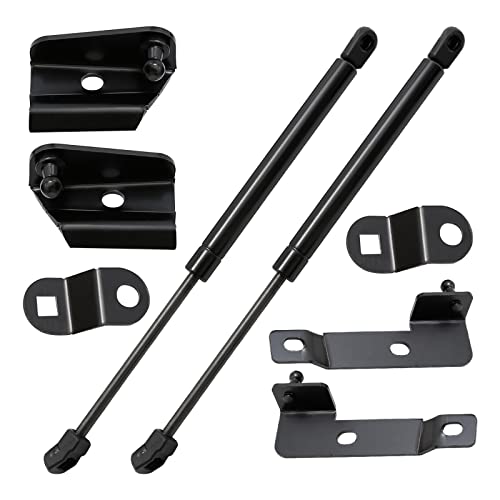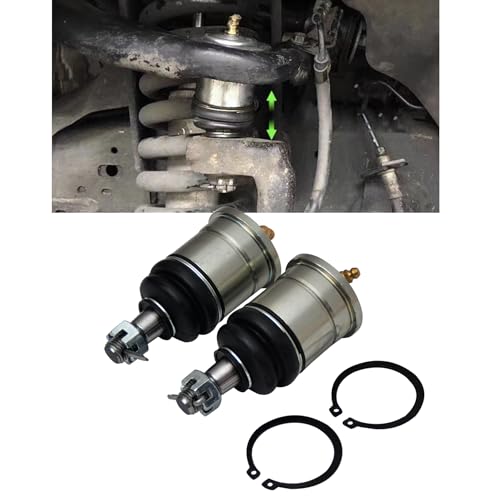The higher it cuts in, the more juice your cranker is going to have. That feature is basically there to ensure the cranker gets recharged before doling out power to the auxiliary system. It's sort of a safeguard, but practically it's not vital.
In terms of the precise voltage, when a car is NOT running, its battery will sit "full" at around 12.7+ volts (12.7 for flooded, 12.85 for Gel, 12.8 for AGM). Any voltage chosen from 12.7 and higher means the starter battery is full. When you turn on your ignition, chances are your cranker is going to sit slightly lower than 12.7V (so even the C-Tek will be 'OFF'). You turn the key for (say) 5 seconds and 500A * 5/3600 = 0.7Ah of your battery capacity disappears. It will take the alternator (at idle, assuming no lights on and around 10A available) 4 minutes and 12 seconds to fill it back up.
It is true that a discharged battery, when placed directly in parallel with the cranker (ignore the alternator and the isolator for the moment) will drag the voltage of the cranker down while the amps flow into the discharged battery. The alternator (actually, the regulator) usually responds by ramping the voltage up a little more to keep it at the optimum level (usually 14.1 to 14.7V). Part of this is the reason why they trigger on at a higher voltage, but will allow a fair drop before turning off again - it prevents cycling. Nothing to do with men in black spandex on pedal-powered machines, either.
The C-Tek however is NOT just an isolator, it's a charger. The Projecta unit they installed is just an isolator that switches on when the alternator is able to bring the voltage up enough. The two units are quite different.
At best, an isolator will charge the battery at a rate consistent with the main battery voltage + available current + loss from the cable between the systems. It's ALWAYS going to be less than your alternator is capable of, so your auxiliary battery is ALWAYS going to have less charge than your cranker.
A DC-DC charger on the other hand will perform some magic with the power, boosting it where needed, to provide the best possible charge for your auxiliary battery.
Hope that's not too murky to follow!
























